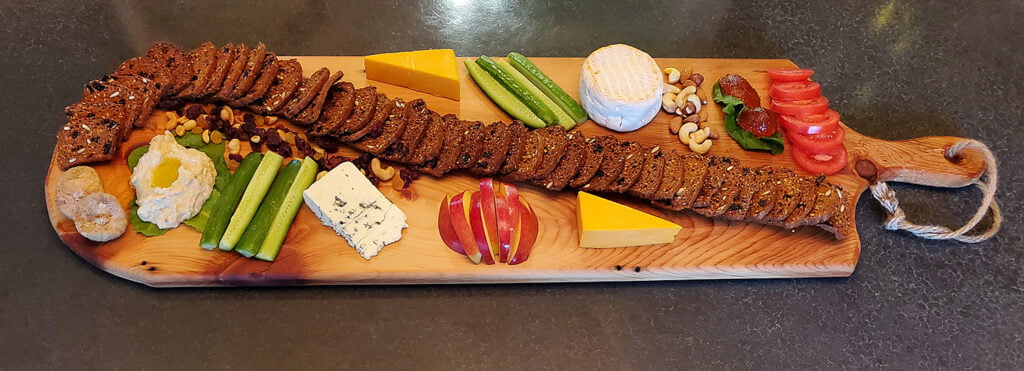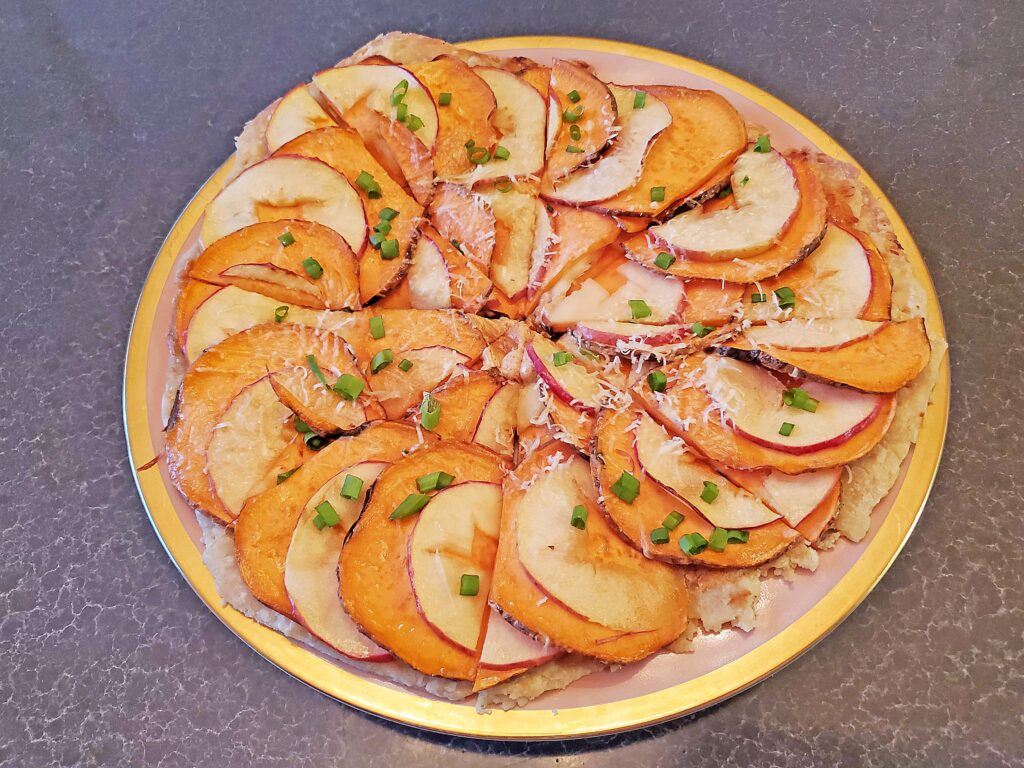Only a few more weeks until we move into our seasonal site. We’ve de-winterized our RV, completed some spring tune-ups, and are now making a list of all the things we want to do during our upcoming, all-too-short, glorious RV season!
Amidst the excitement of making our plans, we’re also feeling the familiar push-pull of wanting to travel and, at the same time, ensure that our actions don’t have a negative impact on the world we want to see. It’s sometimes difficult to feel good knowing that our 40-foot Class A diesel rig could harm the natural world we want to explore.
April 22 is Earth Day
On April 22, 2023, we recognize Earth Day, which raises awareness of the climate crisis and the need to protect Earth’s natural resources for future generations.
What are some of the things we can do differently this season to be more eco-friendly?
Although it’s impossible to undertake an entirely zero-waste RV lifestyle, we’re hoping that two of the items we’ve put on this year’s list will help us do our bit to protect nature while enjoying it:
- Do more to help the birds, bees, and insects.
- Reduce our footprint.
The Birds, the Bees, and the Insects
Without pollinators such as birds, bees, and insects, much of the food we eat and the natural habitats we enjoy would not exist.
The Birds
Birds are vital to our ecosystems, pollinating plants, dispersing seeds, and controlling insect populations, and they need protection. In Canada, cats kill between 100-350 million birds each year. Bird species like chickadees, finches, killdeer, meadowlarks, mourning doves, nuthatches, pine grosbeak, robins, sparrows, and woodpeckers are the most vulnerable because they nest on or close to the ground in open landscapes. Our commitment this year is to provide and regularly replenish a bird bath in a safe space, and to encourage our fellow RVers to avoid letting their cats roam freely outside.
The Bees
Native bees are our largest source of free pollination and responsible for one in every three bites of food at our supper tables. Our commitment this year is to participate in No-Mow May next month and to plant more native plants at our seasonal site.
The Insects
Many insects (especially in their larval stage) have evolved along with native plants. This means that insects feed on one specific plant or a small number of plants only and are not able to derive nourishment from non-native plants.
The diet of the monarch butterfly is highly specialized and can only consume milkweed in its larva form (caterpillar). The dog-strangling vine is highly threatening to them because when they lay their eggs on the plant, the larvae can’t consume the contents of the dog-strangling vine pod and they can’t complete their lifecycle. This year we are committing to actively engaging in properly removing dog strangling vine throughout the season.
Reducing our foodprint
This year we are also focusing on reducing our foodprint, the environmental impact of everything it takes to get our food from the farm to our plate. Foodprint calculators are helpful tools for understanding the impact of our food choices on the planet. Our key action in reducing our foodprint is to expand our repertoire of vegetarian recipes.
Here’s an Earth and RV-friendly recipe for a delicious snack or a side to a lunch or dinner!
Easy Salt & Vinegar Roasted Chickpeas
Adapted from Angela Liddon,Oh She Glows
Ingredients
- 540 ml can of chickpeas
- 500 ml (approximately) of white vinegar
- 5 ml salt (to taste)
- 40 ml camelina oil
Method:
- Preheat BBQ or oven to 400 degrees Fahrenheit.
- Line a baking sheet with parchment paper (or aluminum foil if using the BBQ).
- Drain the can of chickpeas, saving the aquafaba for later use.
- Rinse the chickpeas in tepid water, shake to release extra water, and place in a shallow saucepan.
- Add enough white vinegar to completely cover the chickpeas.
- Bring to boil for one minute, turn off the burner, and cool the saucepan for 20 minutes.
- Drain the vinegar off the chickpeas. (Although we recommend you do not re-use this discarded vinegar for cooking, it may be handy as an environmentally friendly cleaner).
- Pour the drained chickpeas into large bowl.
- Sprinkle oil in and toss the chickpeas gently with fingers to roughly coat.
- Sprinkle salt on the oiled chickpeas and re-toss gently.
- Evenly spread chickpeas onto the parchment paper (or aluminum foil).
- Roast for 25-35 minutes or so, giving the baking sheet a shake after 15 minutes, and being careful not to let the chickpeas burn.
- Remove from oven/BBQ and allow to cool for 20 minutes before serving (they will crisp up as they cool).
- Store in a cool, dry place. Re-crisp if required at 400 degrees Fahrenheit on an unlined baking sheet for 12 minutes.
Notes
- For variation, as the chickpeas are cooling, pour the chickpeas into a bowl and toss with a mixture (25 ml total) of fine-diced fresh rosemary, basil, or oregano leaves (not dried), or chili flakes.
- Aquafaba is the liquid you find in canned chickpeas. It’s a great binder and can also be used as an egg-white replacement, to make meringues or even marshmallows.




